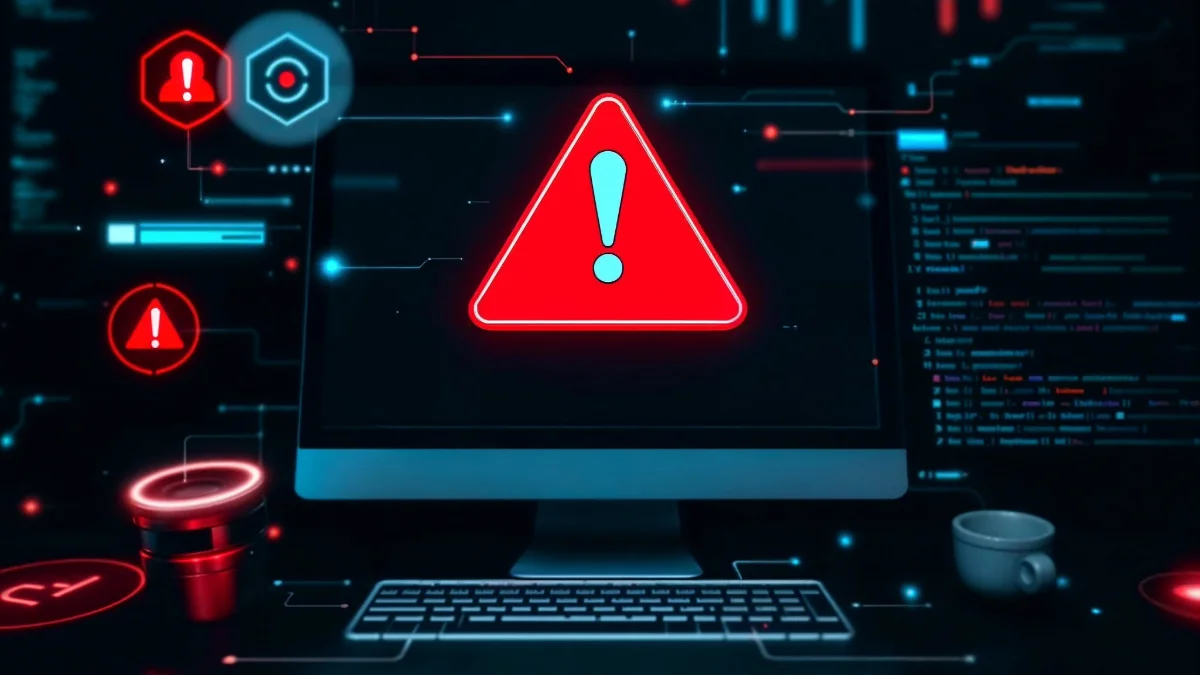What Is Considered a Data Leak?
In today’s fast-evolving digital age, where cloud services are rapidly advancing, data plays an increasingly critical role. Data provides powerful insights that enable businesses to make informed decisions, understand customer behavior, anticipate future trends, and conduct robust competitive analysis. It is now regarded as the key to innovation and sustainable growth. So, what should be done when a data leak occurs? To explore the issue in depth, continue reading for answers to questions such as what is a data leak, why does it happen, how can it be prevented, and what advanced data protection solutions are available.
In the organizations we work with, we interact with countless data points every day—customer phone numbers, email addresses, names, purchase histories, credit card details, satisfaction surveys, product inventory, warehouse data, supply orders, employee salaries, financial statements, market research reports... All of this data must remain accessible only to authorized parties. If exposed to unauthorized individuals, it can lead to irreversible damage for the business. As digital transformation accelerates, cybersecurity vulnerabilities, outdated systems, and lack of employee awareness have increasingly paved the way for data leaks. So, what is a data leak? A data leak occurs when sensitive, confidential, or protected information belonging to a business is accessed, disclosed, or used by unauthorized parties. These incidents can originate from internal systems, employees, or third parties. Data leaks are typically caused by human error, cyberattacks, or intentional misconduct.
Examples of Data Leaks
- Human Error: When an employee forwards information from their corporate account to a personal email address, the data that reaches unauthorized recipients is considered leaked. This may occur either unintentionally or deliberately.
- Phishing: A hacker tricks an employee with a fake email and gains access to their login credentials, ultimately breaching the company’s customer database. This method is especially effective against weakly protected accounts.
- Poor Encryption: A business using outdated encryption standards may have its database compromised by a hacker, exposing sensitive customer credit card information.
- Insider Threats: Not everyone in the workplace operates with good intentions. A disgruntled employee, feeling undervalued or resentful, may copy proprietary information and sell it to a competitor before leaving the company.
- Device Theft: If a company laptop is stolen and its data is not encrypted, the information becomes easily accessible—resulting in a data leak through resource theft.



















